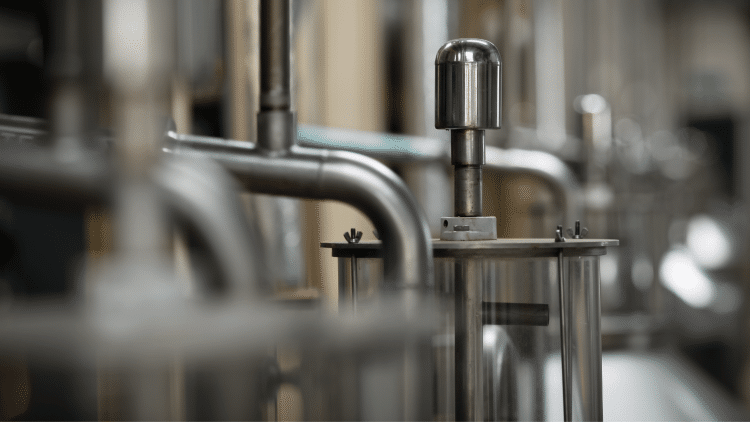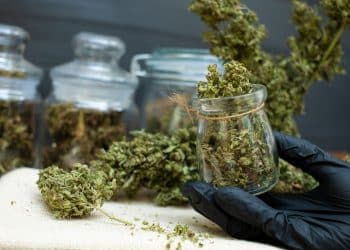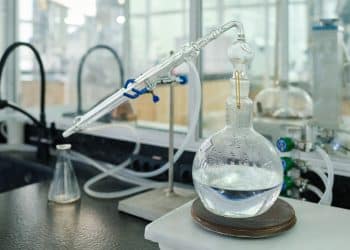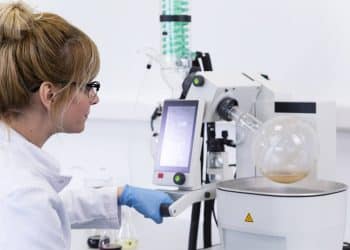Producing top-quality extracts is an art form, but the quality of the final product depends upon the scientific methods and techniques used during extraction and purification processes. One method companies use to increase the quality of extracts is winterization, which provides a process that removes unwanted byproducts from the final extract, like waxes, lipids, and fats. This is important because these unwanted byproducts dilute the final extract, lowering the purity, and in turn, the value of the final product. These ingredients can also be dangerous to inhale, potentially causing health problems. Therefore, wax removal from products destined for inhalation like vape cartridges is paramount for consumer safety.
Although this does make a purer extract, it also adds another step in the extraction process, costing production companies valuable time and lots of money. This is where winterization with carbon dioxide (CO2) can come into play. Typical winterization is a final step after extraction has been completed that “involves freezing the raw solution for 36 to 40 hours. The cold temperatures cause the plant wax to precipitate and collect on the surface where it can be skimmed out.” [1]
What’s more, the typical winterization uses volumes of costly, heavily taxed ethanol that must be evaporated off from the winterized extract for subsequent recycling, a process that can be time-consuming depending on the scale needed, eating up more energy during the process.
In-line winterization, on the other hand, completes winterization within the extraction process, eliminating the need for further processing with ethanol. According to a patent (pending) held by Thar Process, this is accomplished by feeding the biomass “into an extraction vessel where the oils are extracted using a solvent, followed by a two-stage separation. Both the temperature and pressure of the solvent going into the separators are controlled for effective separation.” Supercritical CO2 is used as the solvent, removing the need to use ethanol.
The technique accomplishes this with a “novel separation step to remove unwanted contaminants from the extracted oil.” Supercritical CO2 extracts crude oil in the first extraction vessel. This oil is mixed with additional medium-pressure CO2, which “assists in dissolving the extracted oil.” The diluted crude is sent to a medium-pressure column to separate the unwanted compounds and finally to a low-pressure separating column to evaporate the CO2. The process is also applicable to hops.
Thar’s president Todd Palcic told Extraction Magazine, “Why did we patent in-line winterization in 2019? Well, we first extracted legal hemp at Thar in 1998 and realized that it was sticky and waxy. But only 20 years later did we see how problematic wax can be for 21st century products.”
Palcic says that Thar is already doing this commercially on a 600 kg/day scale (not a typo) and Spherex Labs will be the first company to trial outside of Thar next month as they plan to generate approximately 50 kg of winterized oil per day. Says Niccolo Aieta, Ph.D., founder and chief technology officer at Spherex Labs, “Replacing ethanol with CO2 for winterization is the holy grail for cannabis extraction labs. We look forward to being the first to commercialize this outside of Thar in Pittsburgh.”
Removing waxes, lipids, and fats results in an extract with higher purity, a more stable viscosity, and a longer shelf life. This makes for a more valuable end product for producers to sell. Incorporating in-line winterization saves producers time, allowing for a quicker turnaround of biomass, and a faster return on production costs. Eliminating the need for ethanol and subsequent solvent recovery and recycling is another major advantage. CO2 is cheap and can be recycled providing a greener alternative to traditional winterization.
References:
- Rosenthal E. Beyond Buds: Marijuana Extracts Hash, Vaping, Dabbing, Edibles and Medicines. Quick American; 2014:130.












